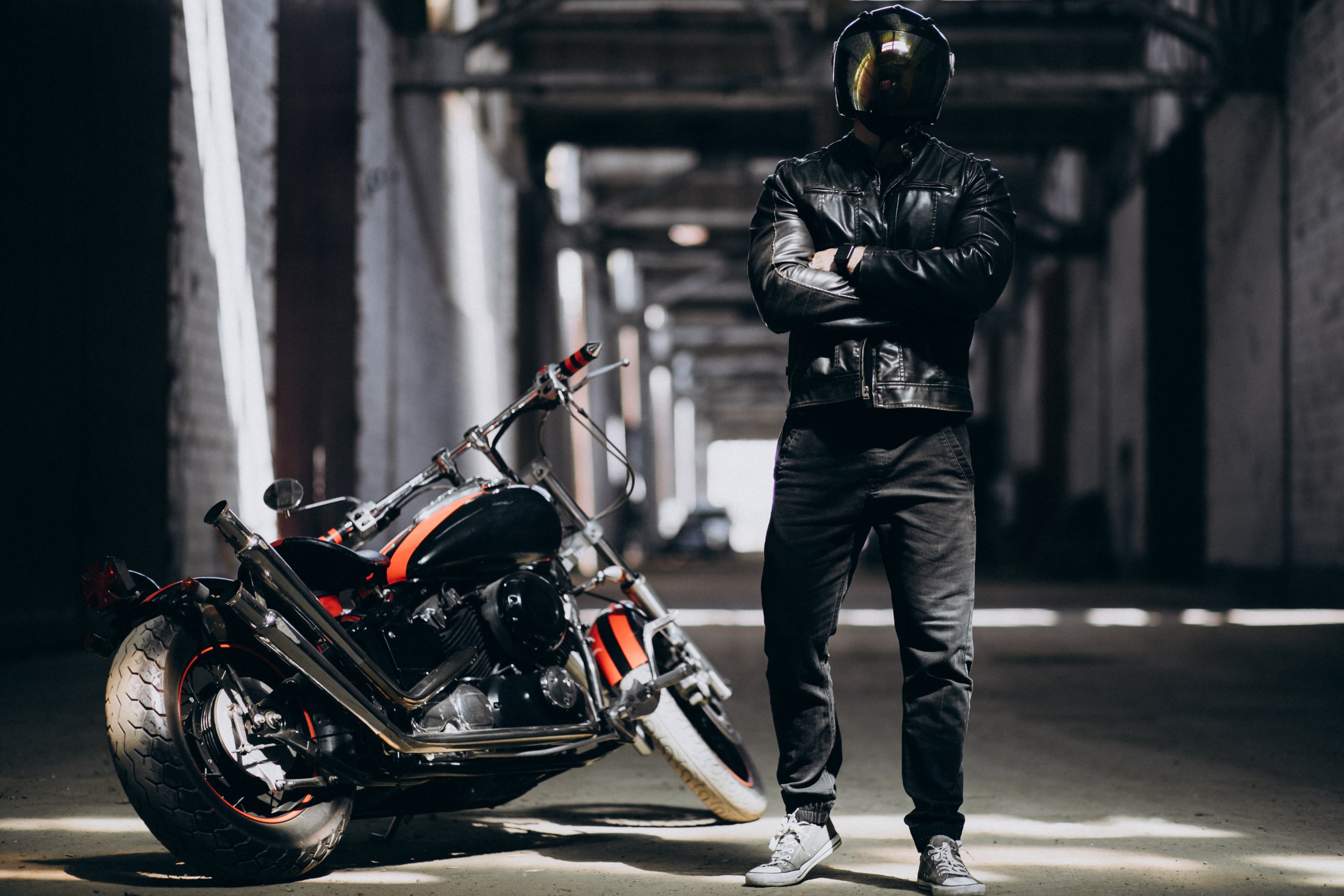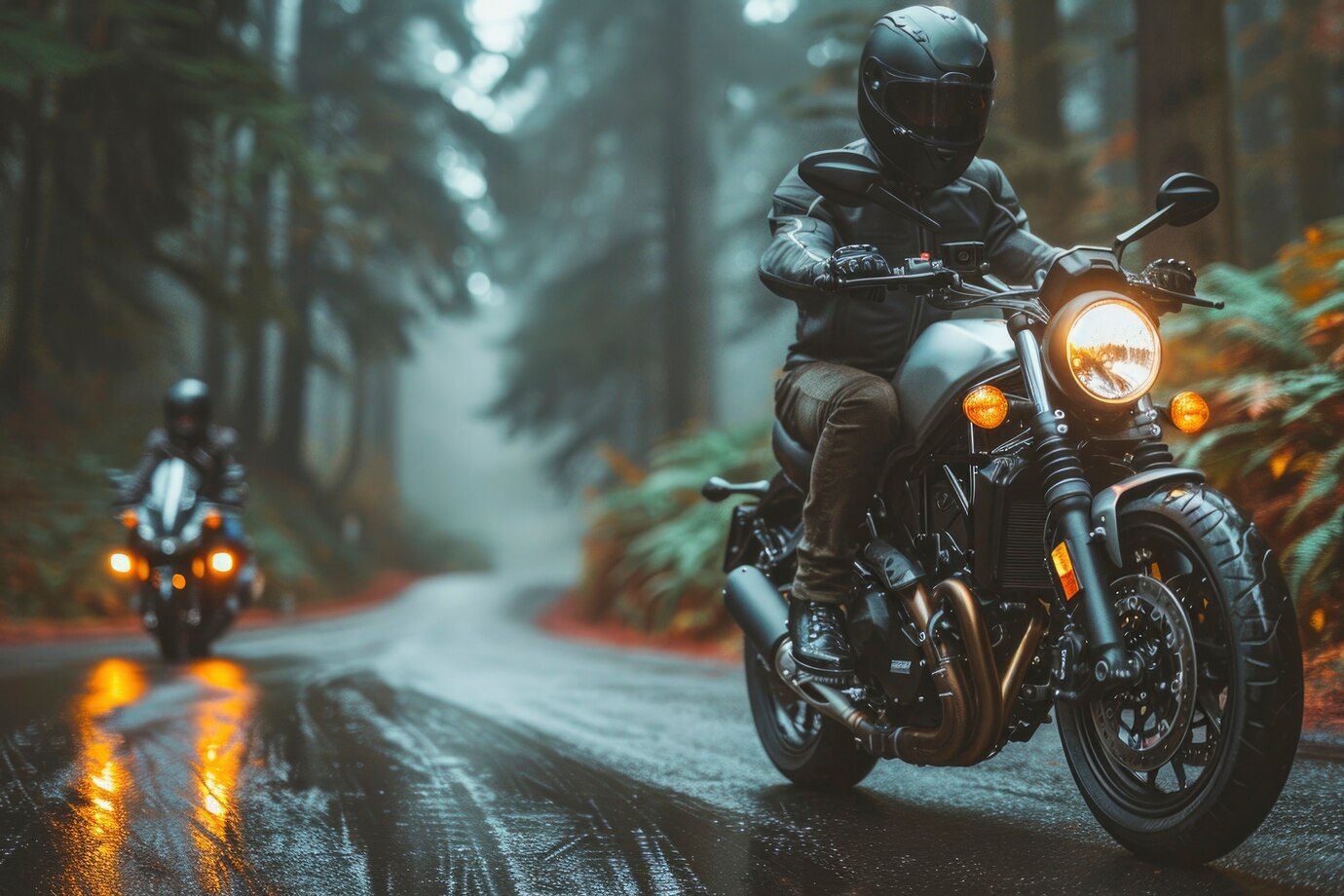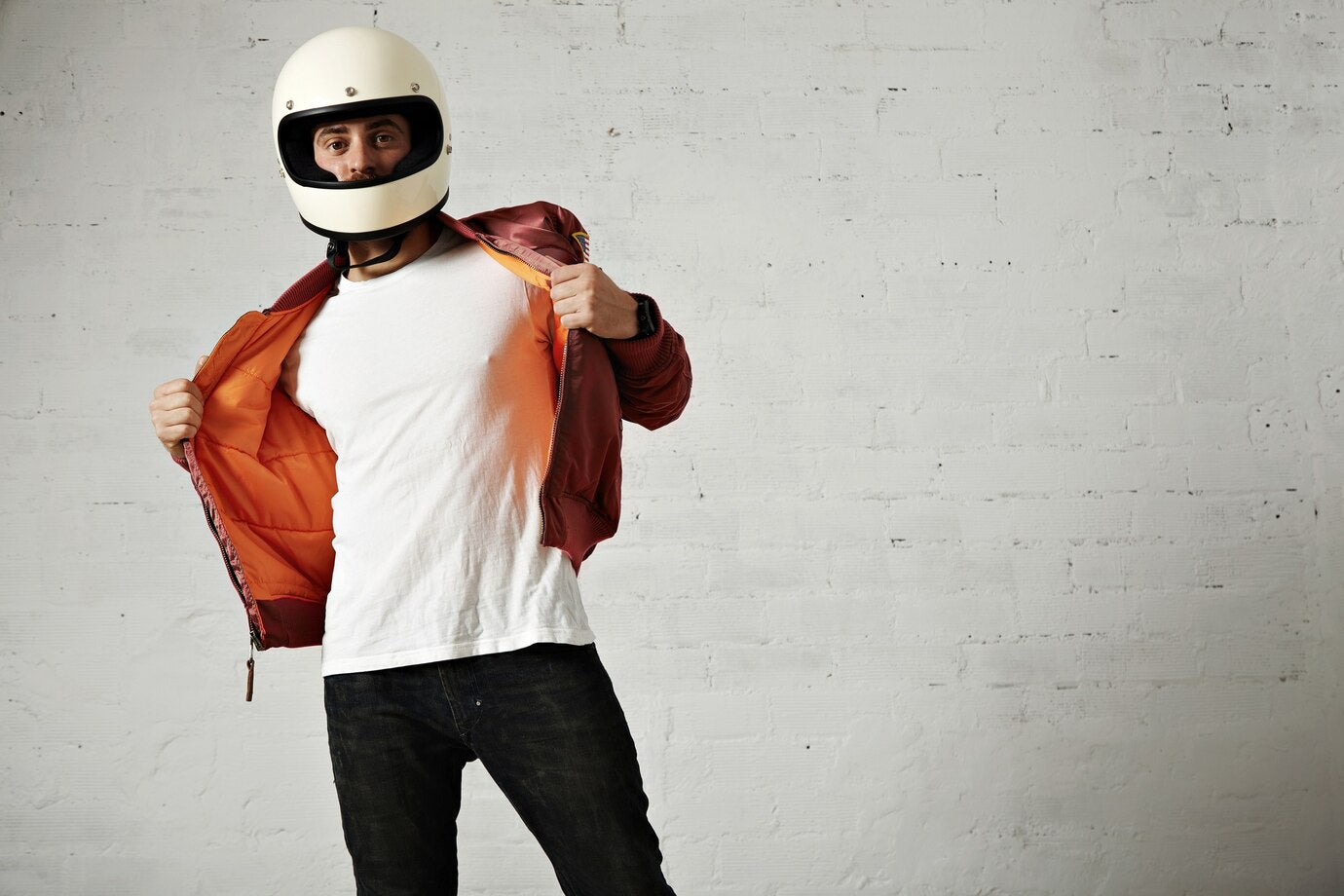
Is There Clothing That Prevents Injury in Motorcycle Accidents?
Riding a motorcycle is thrilling, liberating, and part of daily life for most people, but with the joy of the open road comes an ever-present risk of injury. Unlike cars, motorcycles offer minimal physical protection in crashes. That's why it's not just a recommendation but a necessity for safety gear. At times, the question that one might ask as a rider or the ones who are safety-conscious relatives tends to be, "Is there clothing that prevents injury in case of a motorcycle accident?"
The short answer is yes—there exists clothing specifically designed to be specialized motorcycle clothing that will reduce the chances of being injured and the severity of an injury brought about by a crash. Now, let's break this all down into what this gear is and how it works and then, finally, which of its features make a difference.
Why Regular Clothes Aren't Good Enough
There's a common myth that new riders believe: thick jeans and a hefty jacket will protect them. While they probably would stop mild abrasions, everyday clothing would be utterly useless during an actual motorcycle collision as far as friction, impact, and tearing forces are concerned.
It can rip denim in under a second in the event of a slide over the pavement. Without added reinforced materials and impact-absorbing armor, the rider is left wide open to exposure from road rash, fractures, and serious internal injuries.
The Reduction of Trauma by Motorcycle Gear
Motorcycle gear is manufactured with the intention of shielding against abrasions and impacts. Here is how each piece protects the rider:
1. Motorcycle Jacket and Pants
These are made with abrasion-resistant materials such as:
Leather: Traditional yet still effective, leather does not rip easily and provides a little natural protection during sliding.
Textiles (Cordura, Kevlar, etc.): Light, breathable modern synthetics can be as effective as or even more so than their older counterparts, provided they are properly layered.
Most jackets and pants have CE-certified armor inserts in critical areas where impacts could happen: elbows, shoulders, back, hips, and knees. They prevent fractures and blunt trauma.
2. Motorcycle Gloves
As hands instinctively reach out to break a fall, they become one of the first points of contact during a crash. Motorcycle gloves provide:
Palm sliders to minimize wrist hyperextension.
Knuckle protection to sustain any direct impact.
Wrist closure systems that keep gloves on.
In correctly designed gloves, fractures, abrasions, or, in extreme cases, amputations are well prevented.
3. Motorcycle Boots
Feet and ankles are highly susceptible to injuries in road accidents. Motorcycle boots provide:
- Reinforced soles and ankle armor protect from twisting and crushing injuries.
- Slip-resistant outsoles improve control on all stops.
- Toe and heel guards absorb impacts.
Even a low-speed crash could be devastating to an unprotected foot; that is where the motorcycle boot works to absorb and disperse that force.
4. Riding Suits
One- and two-piece riding suits, especially the track-day variety, cover and protect the whole body. Riding suits often feature integrated armor, and ergonomic design assures that the suit stays in place during high-speed impacts and slides.
5. Body Armor
Body armor (torso) is available as an alternative for those preferring lighter topwear. It generally includes:
- Chest and back protectors
- Shoulder and elbow pads
- Integrated spine protection
Some gear offers airbags that deploy either on impact or when the rider is thrown from the motorcycle, minimising the risk of internal injuries and spinal trauma.
Real-World Evidence: Does It Really Work?
Various studies have shown how the right gear greatly reduces injury severity. The European MAIDS (Motorcycle Accidents In Depth Study) provides a glimpse into what happens:
-
Riders in protective gear had slightly less injury severity in the lower extremities and upper limbs.
-
Motorcycle jackets reduced the risk of serious injury to only 45% compared to those who did not wear jackets.
-
Boots and gloves decreased injury on feet and hands by more than 50%.
What Fits the Bill for Protective Motorcycle Clothing
If opting for motorcycle gear, look for:
-
CE-rated armor (Level 1 at the very least; Level 2 for high-risk areas would be preferable).
-
Abrasion-resistant outer layers such as leather, Kevlar, or Cordura
-
Fit well to keep armor in place when moving
-
Reflective details for visibility
-
Weather flexibility – consider waterproofing, ventilation, or thermal liners depending on your riding conditions
Conclusion: Dress for the Slide, Not the Ride
Yes, there is apparel that avoids injury—or at least significantly lessens its severity—in motorcycle crashes. Each item of equipment has a critical function. Although no ensemble can render you invincible, the proper equipment can be the difference between walking away or suffering life-changing repercussions.
Whether you ride every day, sometimes, or just on the weekends, spending money on high-quality protective equipment is something you'll never regret. Safety does not cramp your style—it defines your ride.






Leave a comment
This site is protected by hCaptcha and the hCaptcha Privacy Policy and Terms of Service apply.